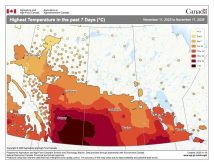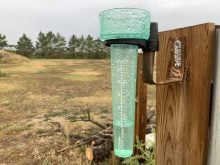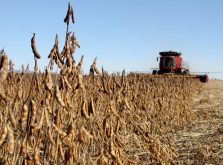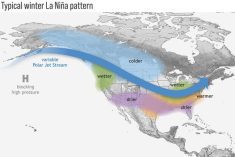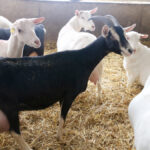In this edition, we feature some stories on the impact of the southern Alberta floods and rain deluge on the ag sector. Clearly the impact has been most severe in Calgary and a number of smaller centres. Individual farms and ranches were affected, but they are few compared to the widespread devastation in residential areas. Our hearts go out to those folks whose lives will be severely altered because of this disaster.
There are photos of thousands of flooded acres in the affected areas. The impact on crops and pastures depends on how much moisture lies in fields and how long it takes to drain away. Much of the south already had delayed spring seeding, which puts emerging crops in a perilous situation. Many may end up being drowned. The next few weeks will tell as crop insurance adjusters begin to make their rounds. A bright spot had been pasture and hay conditions, which for the most part were excellent. A couple of weeks of dry hot weather would do wonders to improve the overall situation for crops and pastures, but some will need a miracle.
Read Also
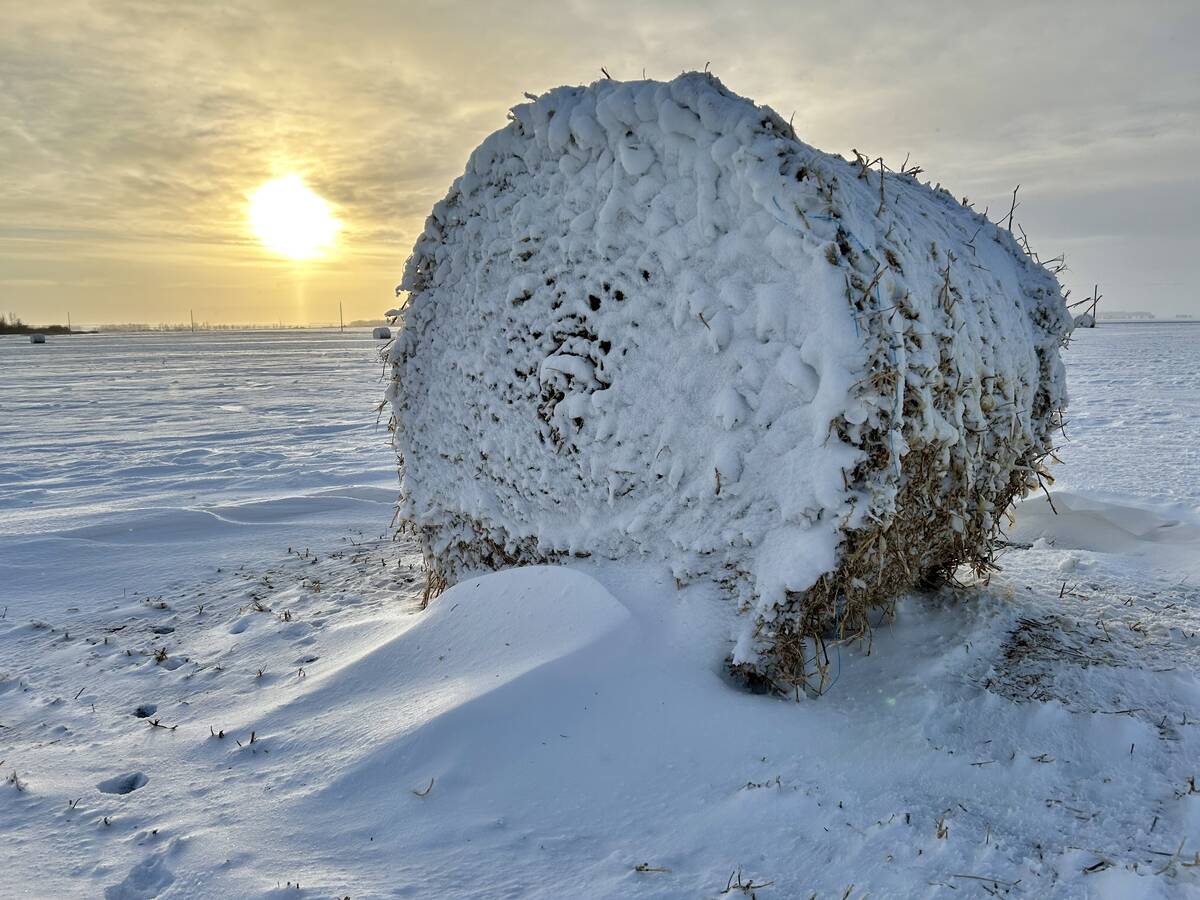
Prairie winter snowfall forecast 2025-2026
How much snow should farmers in Alberta and elsewhere on the Canadian Prairies expect for the rest of December 2025 and into January-February 2026?
However, no sooner did the flood situation begin to abate than questions, concerns and, yes, blame were arising from various players. In reality, this flood in the general area is nothing new; four similar and larger floods occurred during the early years of the 1900s along with numerous lesser floods since. Very significant flooding occurred in 1995, 2005 and 2007. During that more than 100-year period, governments took various steps to mitigate future damage from floods — but it never seems to be enough. Suffice to say in many parts of Alberta, floods are part of the hazard of living in those areas.
The most puzzling situation is the High River area, which appears to be the most flood-prone area of Alberta. Yet government officials continue to blissfully approve the development of more residential subdivisions on obvious flood plains. The only hope for the future of this town is to build a massive diversionary floodway around the townsite otherwise history will repeat itself and soon. Ironically a provincial government flood hazard mitigation report made in 2006 by former ag minister George Groeneveld, who happens to be from High River, contained a number of significant flood mitigation recommendations some of which were acted upon. However the big one about not building homes on flood plains was ignored, that will come back to haunt the government. A number of government critics, including opposition political parties, made some pointed references to that matter. Perhaps now, after this calamity, the report will be dusted off and put to some use.
The High River area is also of particular concern to the cattle business as it is home to the Cargill Foods beef processing plant. The facility itself wasn’t damaged, but was temporarily closed mainly because so many of its local employees were made homeless by the flood. Flood damage to area roads and bridges also made transportation logistics and cattle supply something of a nightmare for the plant.
Another consequence of the flooding was damage to the CPR mainline, that caused significant delays in the grain and oilseed flow to West Coast shipping points.
Not surprisingly, climate change activists claimed it was obvious what caused this disaster. Weather experts had a different view, noting the rain deluge and subsequent flooding had more to do with a unique confluence of stalled weather systems and a subsequent rapid snowmelt. Be that as it may, I suspect flooding in the area has been a problem for the past 10,000 years.
Interestingly, climate change, particularly global warming, has been viewed by many as being a positive change for crop production in Alberta. Warmer weather and a longer growing season would increase crop yields and expand the opportunity to grow lucrative corn and soybean crops in this province. Such a crop development prospect would also have a particularly positive impact on our livestock feeding industry. But I digress.
The Alberta government has so far pledged $1 billion to recovery and rebuilding. It’s bound to eventually cost a lot more. Most of that money will go to cities and towns, but some will be destined for rural areas, particularly for infrastructure. One does wish that government will now think more seriously about spending even more money on flood mitigation projects in flood-prone areas. Floods will surely happen again.



